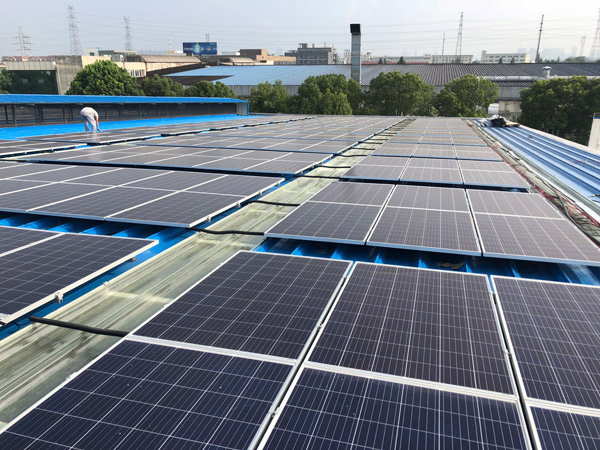Solar structures are an important part of supporting and fixing solar panels. Their design and application have a significant impact on the efficiency and reliability of solar energy systems. This article will explore the basic design principles, main types of solar structures, and their applications and significance in the solar energy industry.
Basic design principles
The design of solar structures needs to consider multiple factors, including but not limited to load-bearing capacity, weather resistance, installation cost, and ease of maintenance. Common material choices include aluminum alloys and steel, which can adapt to the needs of different geographical environments due to their high strength, good corrosion resistance and lightweight characteristics.
Main types
1. Ground mounting system: A bracket system used to install solar panels on flat ground, classified according to fixed, single-axis tracking and dual-axis tracking systems to achieve optimal solar energy collection efficiency.
2. Roof mounting system: A mounting system suitable for roofs of residential and commercial buildings, usually designed with lightweight materials to ensure safe fixing on the roof structure and ensure that the structural integrity and waterproof performance of the building are not affected.
3. Overhead mounting system: used to install solar panels in overhead or in places where other mounting methods are not suitable, such as special environments such as agricultural land or mountains.
Application and significance
Solar structures play a key role in the solar industry and directly affect the performance and reliability of solar systems. They not only provide technical support for the promotion of renewable energy, but also promote the application and popularization of clean energy worldwide. The continuous optimization and innovation of solar structures will further reduce the production cost of solar power and promote the acceleration of global green energy transformation.
In summary, the design and application of solar structures are not only technical issues, but also an important part of environmental protection and sustainable energy development. With the continuous advancement of technology and the expansion of applications, we have reason to believe that solar structures will continue to contribute important forces to the development of future energy systems.

